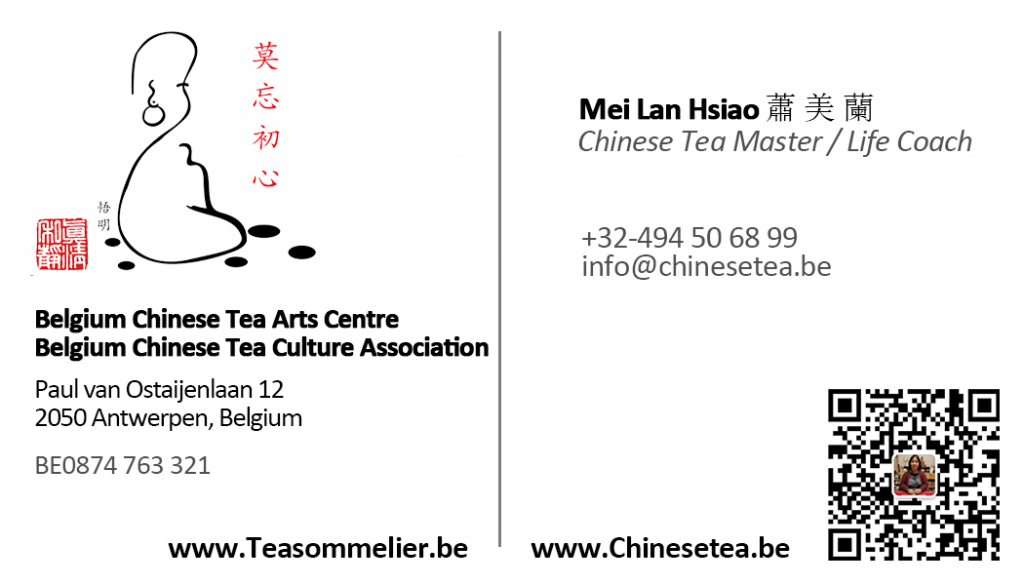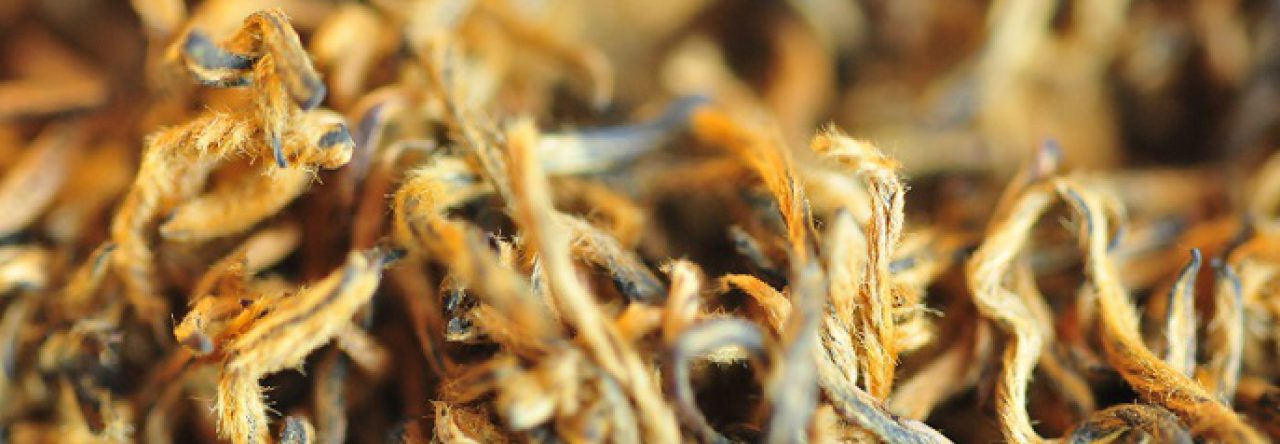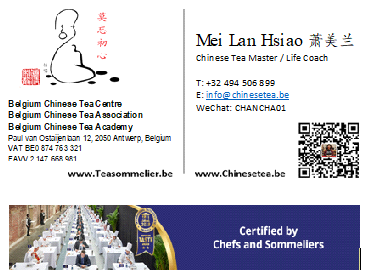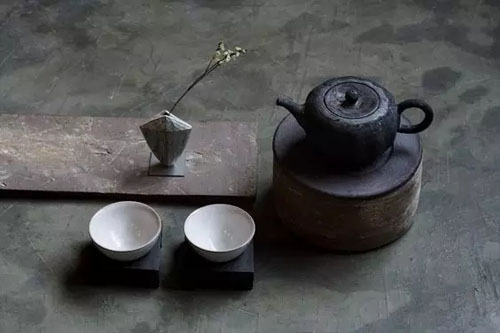1991年违抗父命远嫁到比利时。刚开始在欧洲从事国际管理培训工作。在看似高端的专业领域是否有经历过种族歧视与霸凌,答案当然是“有”。所以如何有自尊有自信的直起腰杆得到他们同等的尊重就变成下意识必须坚持的生活责任。1995年应比利时朋友要求教茶。在第1堂课跟外国人接触,就深刻体会外国人对茶不了解。由于自己爱茶,更由于自己必须在国外生存与在获得同等尊重的融入,所以决定在以历史文化自豪的欧洲以宣扬中华茶文化来推广中国茶, 同时肯定自己。漂流海外的浮萍要活下去就必须努力向下扎根,唯有努力肯定自己做好自己,才能有机会向上成长。
这么多年来一直坚持做这件事情。后来在跟当地政府工作的比利时朋友建议下成立了比利时中华茶文化协会。我的协会也获得了北京中华茶人联谊会的授权,作为比利时交流中心。我的协会与其他的侨团有很大的差别。因为我的对外的群众都是对中华文化有兴趣,对茶有兴趣的外国人。
自知我的个性过于刚正,过去从事高阶国际管理培训工作都是以外国企业以及外国群体为主,同时自知自己不擅长九转十八弯讲究关系的“人际”社交手段,心知肚明的了解我的认法理、讲逻辑的个性很有可能容易得罪人。所以这么多年来所掌握的方向就是对「外」宣扬。
我在英文TikTok上面多半用的是英文自制短片。 分享是为了帮助自己学习更多的最好途径。
自诩想融入国外的社会,就必须得到国外人士对中华文化以我的专业能力的认可与尊重,那么我就更必须做更好的中国人。
个人的移民故事也被安特卫普红星号移民博物馆(Red Star Line Museum) 收揽入他们选定的十位新移民代表的故事里面。当我在跟他们分享个人移民故事时,我先从爸爸在当年接受日本人投降时到山东,如何顺便把妈妈接收走的那一段历史开始讲起。
回想学茶的经历,说实在来讲在感叹自己与生命中最重要的父母分离的同时,也非常感恩能够跳脱台湾那口井。因为如果没有离开台湾,可能我的学习的空间以及眼界都会被那狭窄的井口限制住,变成活在井底的大肥猫而不自知。
到了欧洲承担宣扬中华茶文化时,我必须首先更强化本身的茶的知识与文化的补强学习,在欧洲我可以自由的接触到中国大陆的茶,身边没有“大师”的加持,我只能采取单纯的由茶学茶的“笨方法”一步步的累积。从另一个角度来说,我可以用更客观的以360度的内省外观的角度来审视在海峡两岸茶叶的特性,发展与反复反思学习茶与文化传承,以更开阔客观的态度学习中国的茶以及世界的茶。所以可以讲我是一个“没有受到污染”的学习者。
我的初心就非常单纯。这么多年有许多人笑我傻,但是我宁愿做一个快乐的傻子,也不愿意做一个满心只有向”钱“看齐心有内疚的聪明人。他人或许会因为不识我批评我,甚至否定我,但是我必须清楚的知道我是谁,我的初心是什么,而我的根永远是中国根。
在国外教国际谈判,领导学跟项目管理接触到国外许多知名的管理大师。结果发现讲管理的喜欢儒家思想;谈战略性思考的喜欢引用“知己知彼,百战百胜”这句来自孙子兵法中的一段,却不知这句的前后;而讲领导学的喜欢道德经;讲变革管理的喜欢谈阴阳。而这些都是我们老祖先给我们传下来最宝贵的无价智慧资产。与其跟外国人用外语学习他们狭窄性的诠释,激励我从头走回传统国学的学习。
我的记忆力或许受到年龄影响所以记得快也忘的快,但是由於兴趣驱使所以我的觉悟了解性还是很不错。所以现在每一天都很快乐的经过不断反思进行深度悟觉。
2002年到2005年那一段经历过人生最痛苦的背叛与挫败,挫败与痛苦反而让我自己更为清醒。当失去一切时,我把自己找回来了。我清楚地了解自己是谁,知道世上万般事皆可抛,唯不能再一次把自己丢了。
在当我面对失去一切痛苦的时候,我更高兴的是能把自己找回来。自己的快乐不再必须考虑如何满足他人,不再活在他人的意见里,而在是否能安然面对镜中的自己内心。记得有家暴前科的前夫在被警察依照法院判决强迫搬离时,我曾经跟他说,如果他以为中国女人就是非常的柔弱,会默默的接受三妻四妾的风流,会默默接受被背叛出卖的痛苦,甚至如他预计的计划中我会夹击尾巴放弃孩子离开,那他真的是走错村娶错人了,从来不认识我。因为我的父亲生前是将军,这一辈子父亲教我讲道理,从来没有教我投降两个字。那是我这一生第一次用我爸爸的头衔做保护自己与反击的借口。虽然父亲于1992年仙逝,但是父亲直到今天依然是我心中明亮的灯塔,是我精神的支柱。
我虽然是自幼是被收养的孩子,但是我叛逆的背骨底气真的是受到父母很大的影响。
大约十一岁左右我就知道我不是他们亲生女儿。因为全家的人的血型就是我一个人特别不一样。但是我没有去问那可能没有答案的问题。十六岁左右被我亲生弟弟找到以及联络。正值青春背叛期的我反而在被领养的事实被证明后,我顿然成熟了,我选择沉默。不跟父母询问过去的“为什么”会被收养,也不去看亲生父母,不问为什么会是家中唯一被送养。因为我既不想让父母担心,我也不愿意让我亲生父母内疚, 我不想两边的家人会被我知道事实真相时被搞得鸡飞狗跳。既然是既成的事实那么我知道就好,没事。
记得当时我同学问我,那你弟弟是亲生的吗?我只冷静的跟他们说,从我第一天看到他,他是我弟弟,就永远认定他是我弟弟。同学好友说我个性好坚强,我只冷静的说,没有强不强,只是无怨、无犹、无悔的顺命而已。问再多「为什么」也於事无补,安心过日子,把自己做好最重要。
只能说,过去的经历成就今日的我。
许多年前在一次应当地功夫学校邀请举行茶会推广活动,一位比利时的老太太带着她的孙子来品茶。那个孩子是他们小孩领养的韩国小孩。那男孩正值青少年时期,叛逆性很大,自我身份的认定出现问题,所以经常情绪不稳。那位祖母希望我能开导他的孙子。
那位男孩倒也蛮愿意跟我谈。他问我心中有没有恨。我就把中国字那个恨用拆解法跟他分析。因为那个竖心旁的心代表心被砍成一半,没有伤人之前就已经自伤,聪明的他还愿意用恨来伤害自己吗?这孩子眼睛突然明亮了,跟我摇头,说不恨了。那一天最大收获就是跟那个男孩的对话。虽然过去多年,我依然记得那一天的对话,因为在辅导那位孩子的时候,我也是在提醒自己,日日活在阳光里是一件自己能掌控的权力与对自己能力的肯定。
著作所有权:萧美兰,比利时中华茶文化协会,于安特卫普,比利时, 2021-10-15










